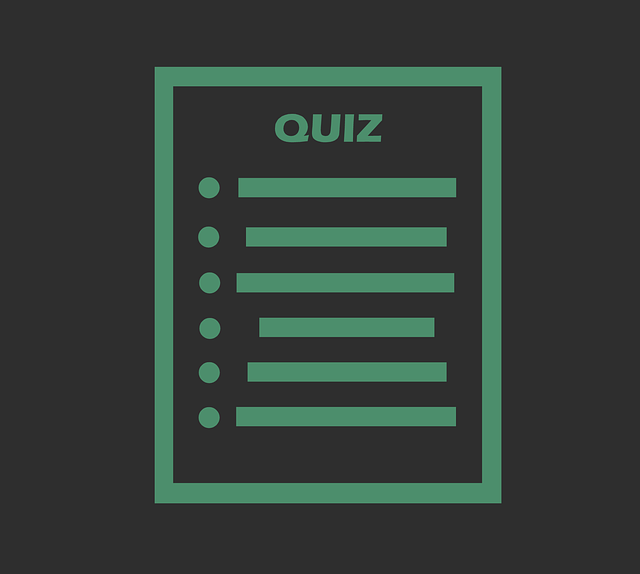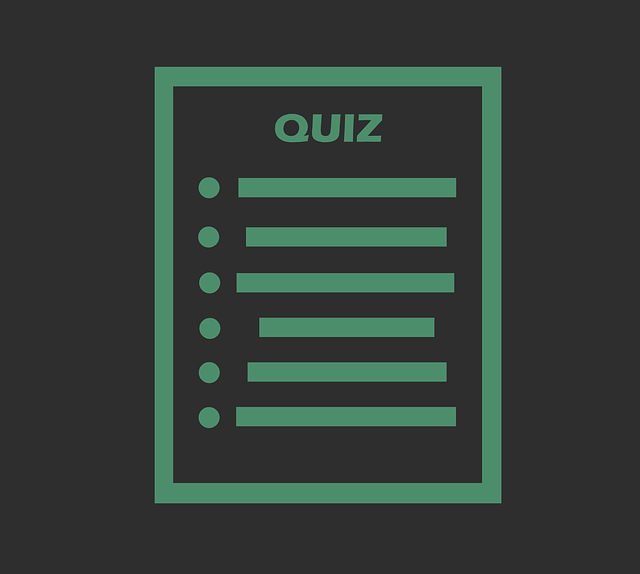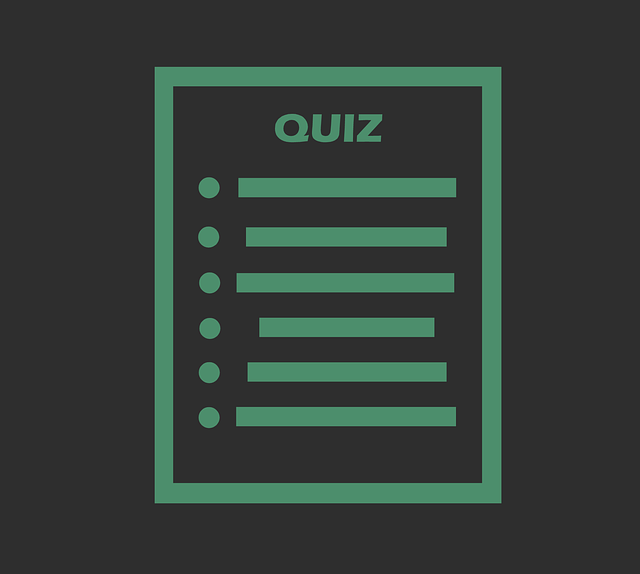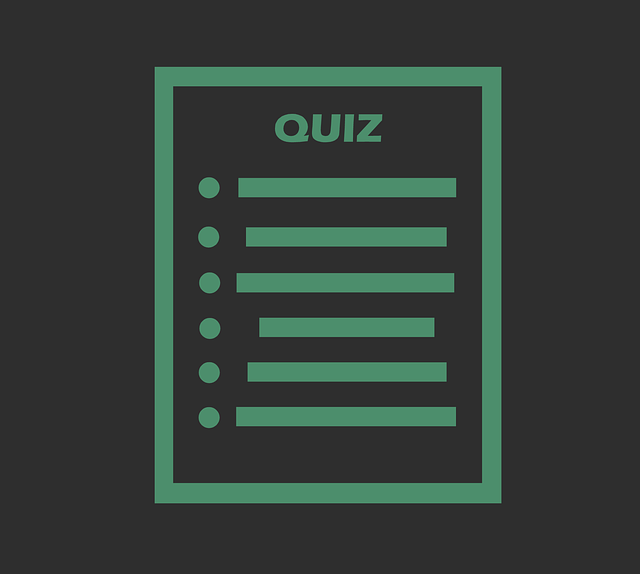In this blog you will find the correct answer of the Coursera quiz Mindshift Break Through Obstacles to Learning Coursera mixsaver always try to brings best blogs and best coupon codes
Quiz-1
Question No. 2: Nobel Prize winner Santiago Ramón y Cajal felt that he had two principle characteristics that allowed him to be successful in science. What were those characteristics?
- Flexibility
- Persistence
- Genius
- His Ability To Do The ” Moon Walk” While Looking At Microscope
Question No. 3: Scientists have found that music is almost always harmful when you are trying to study.
- True
False Answer
Question No 4: Select the explanation that best describes the thoughts in the current week’s recordings about picking your vocation way or prompting others about their profession ways.
- That is important to look at current and future societal trends. The enormous changes that have occurred throughout human history tell us how important change is!
- Do whatever everybody else around you is doing—they must know something you don’t.
- Only follow your passion—that’s the only way you’ll be happy.
- It’s important to have a career in horsemanship.
Question No. 5: Fill in the blank with the best choice based on this week’s videos.
In light of their initial verbal preferred position, ladies some of the time come to accept their interests lie in ____________________oriented fields, which represents some portion of the explanation there are less ladies in specialized and logical fields.
- mathematically
- verbally
- scientifically
Question No. 6:Select the genuine answers from beneath as per the data in the current week’s recordings.
- Learning is for everyone—and online learning makes some of the best approaches to learning, like mastery learning, much easier.
- You can flunk courses completely and still turn out to be a successful learner–some people just need more time and practice.
- Learning is only for smart and talented people.
- Overall then, it helps to remember that any kind of learning is a little like learning to drive a car. You may not be a brilliant race car driver, but that certainly doesn’t mean that you can’t or shouldn’t learn to drive if you have the opportunity.
Question No. 7: Select the genuine options identified with the engaged and diffuse modes.
- When you focus on something, your mind is in receiving mode. Information is pouring in. When you’re in diffuse mode, your brain is “turning around,” so to speak, and placing the new information in other parts of your brain—organizing and making sense of the new material.
- Diffuse mode is what happens when you concentrate—it turns on virtually instantly.
- Your brain puts its energy for the most part into either the focused mode or the diffuse mode.
- Focused mode is what happens when you concentrate—it turns on virtually instantly
Question No. 9: As we described in this week’s videos, the main workings of the focused mode are centered out of the prefrontal cortex. The diffuse mode, on the other hand, ______________________________. (Select the single best answer.)
- involves a network covering more widespread areas of the brain.
- is a small but critically important area located in the hippocampus.
- primarily involves the occipital lobe.
- is centered on the cerebellum.
Question No.10: Select the answer that best conveys a key idea from Terry’s video about the effect of environment on your behavior.
Studies have indicated that dim, indoor lighting advances ______________________________.
- inactivity
- hyperactivity
- enigma brain waves
- arousal
Important Links:
- Mindshift: Break Through Obstacles to Learning and Discover Your Hidden Potential Week 2
- Mindshift: Break Through Obstacles to Learning and Discover Your Hidden Potential Week 3
- Mindshift: Break Through Obstacles to Learning and Discover Your Hidden Potential Week 4





